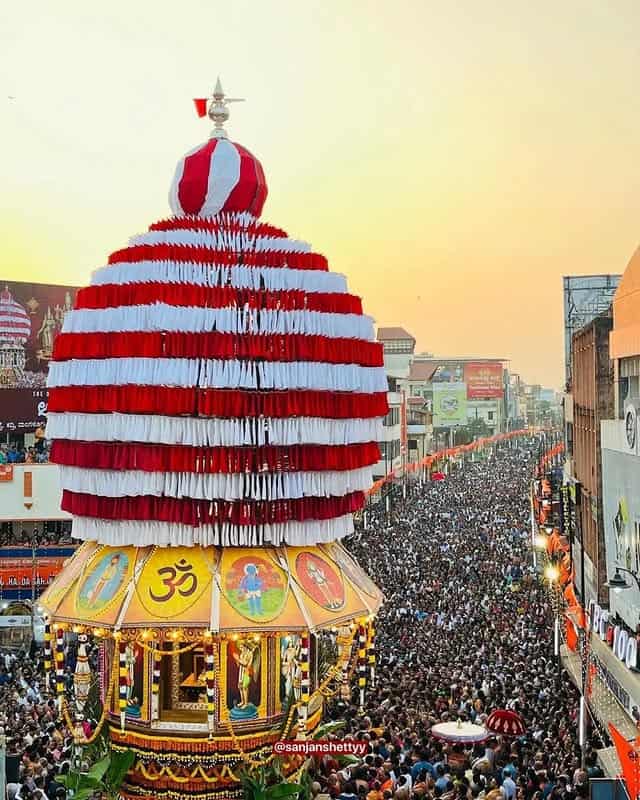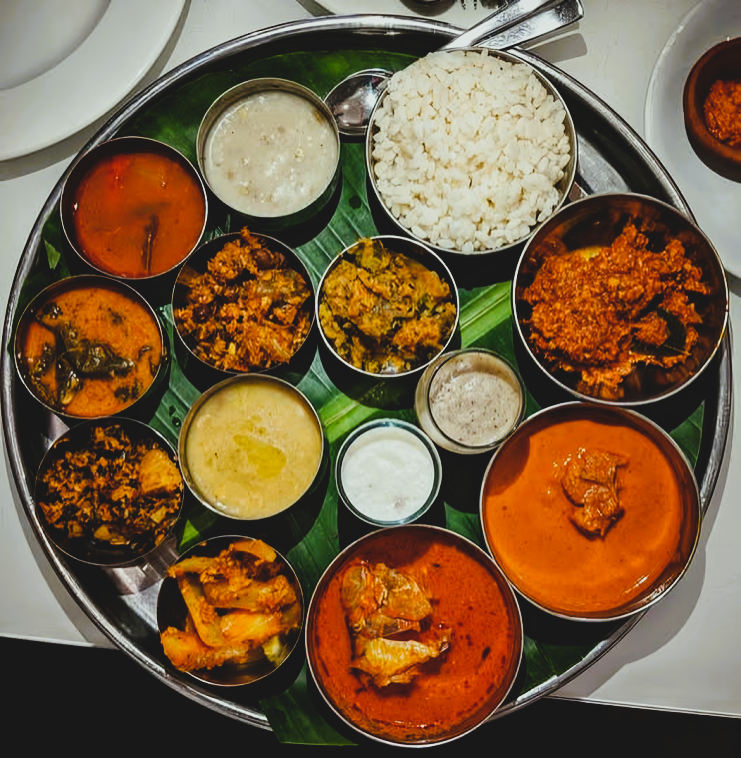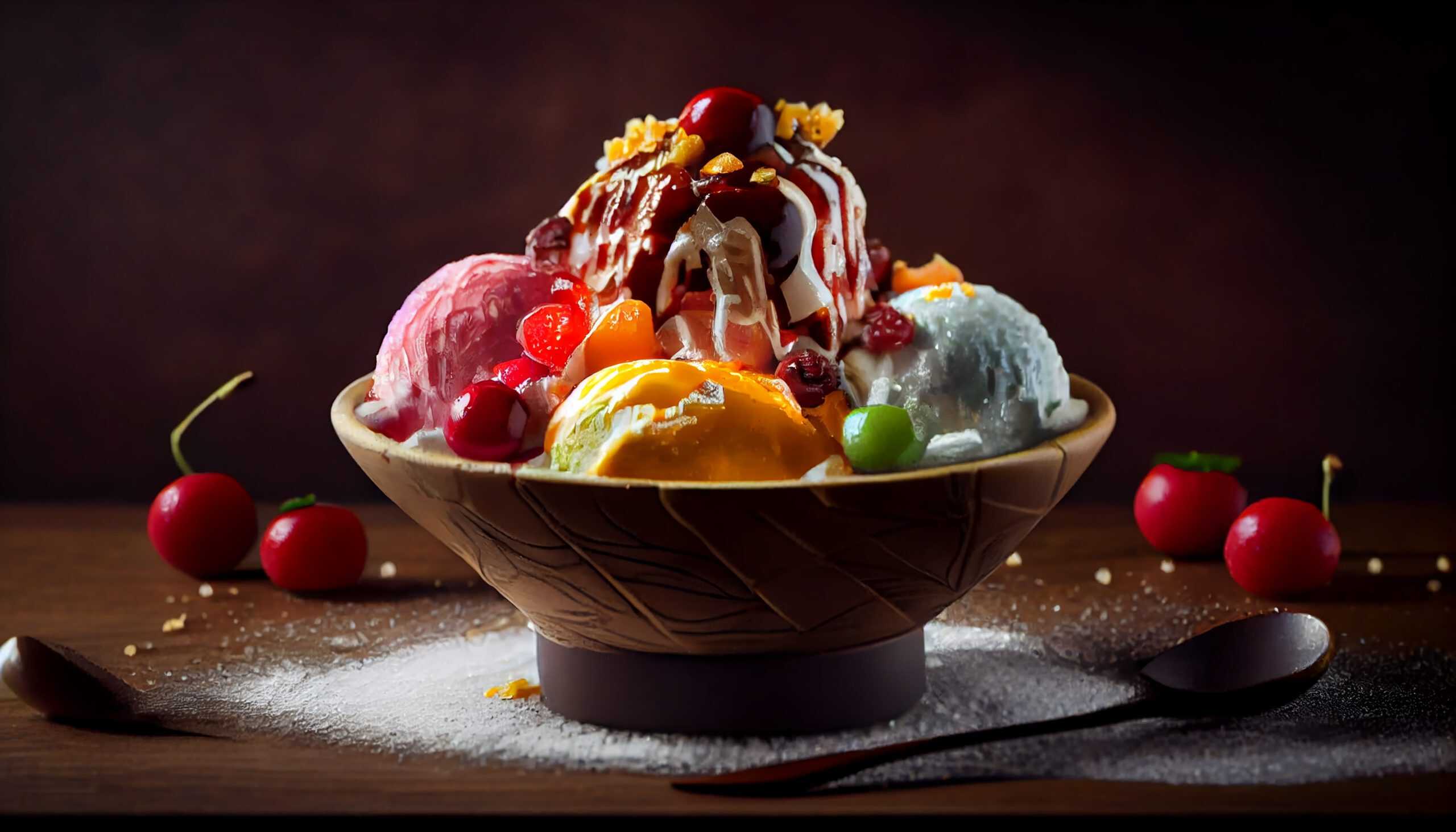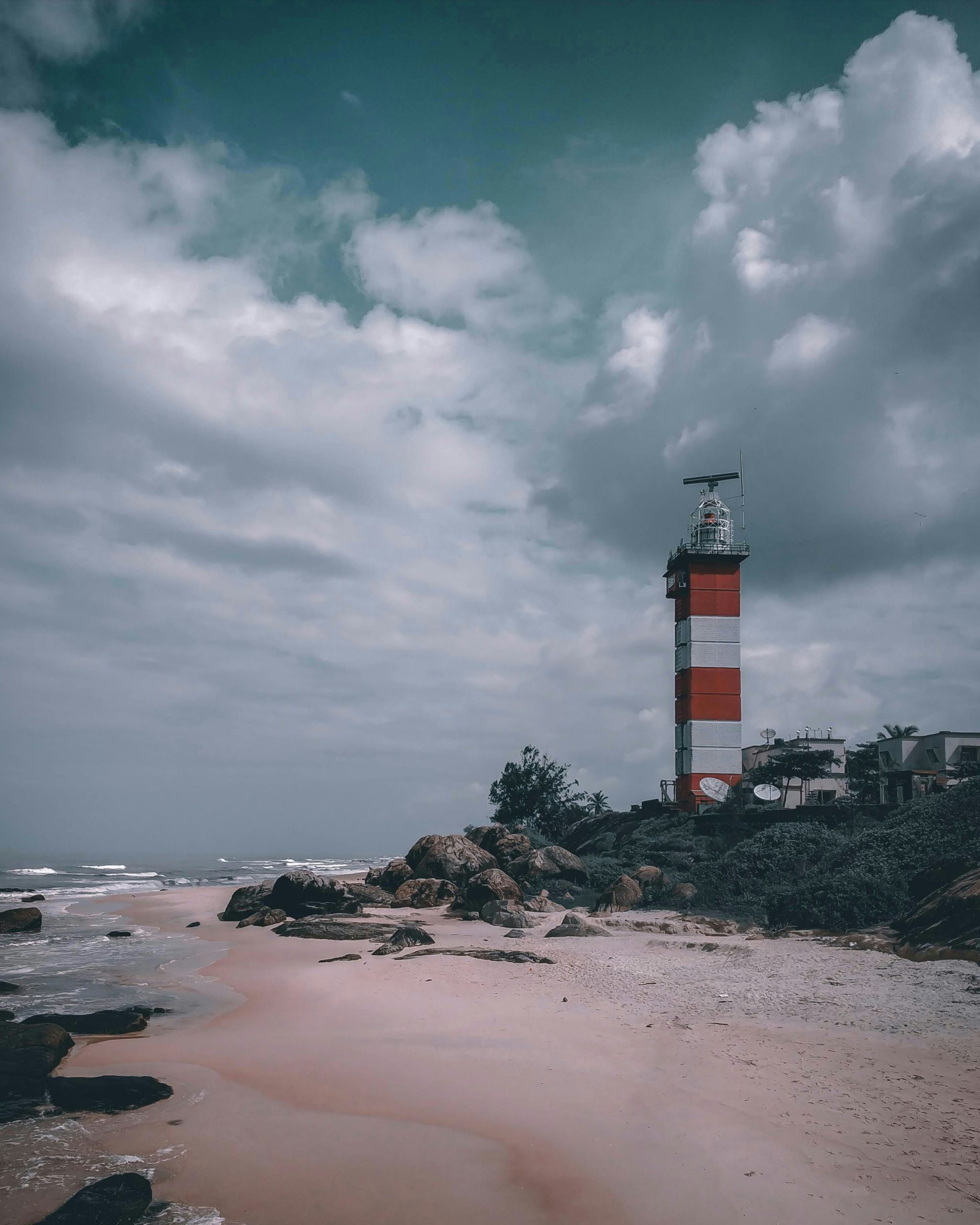Table of Contents
Introduction
Are you struggling to find authentic cultural experiences that showcase India's rich heritage beyond the tourist hotspots? Mangalore's vibrant festival scene remains largely undiscovered by mainstream tourism, meaning you're missing out on some of India's most spectacular cultural celebrations. These festivals offer a genuine window into coastal Karnataka's diverse traditions, religious practices, and community spirit that you simply won't find in travel brochures. This comprehensive guide reveals Mangalore's most significant cultural festivals, providing you with everything you need to experience the city's heritage at its most vibrant and authentic.
Overview of Mangalore's Cultural Heritage
Mangalore (officially Mangaluru) stands as a melting pot of cultures, religions, and traditions along India's southwestern coast. The city's strategic location has made it a historical crossroads where Tulu, Konkani, Kannada, and Beary cultures converge, creating a unique multicultural tapestry. This coastal gem hosts celebrations that reflect its religious diversity and agricultural heritage, with festivals that date back centuries.
The festivals of Mangalore aren't merely religious observances—they're vibrant expressions of community identity, seasonal transitions, and cultural preservation. They showcase the region's artistic traditions through dance, music, crafts, and culinary practices, making them comprehensive cultural experiences for visitors.
Mangaluru Dasara: The Grand Celebration

When: September-October (during Navaratri)
Mangaluru Dasara, celebrated at the historic Kudroli Gokarnanatheshwara Temple, stands as one of the region's most spectacular festivals. Unlike the royal Dasara celebrations in Mysore, Mangaluru's version has its own distinct flavor that reflects the coastal community's devotion and artistic expression.
The 10-day celebration reaches its pinnacle with the magnificent Shobhayatra (grand procession), where elaborately decorated idols of Goddess Durga and other deities are carried through the city streets. The air fills with devotional music, drumbeats, and the scent of incense as thousands of devotees follow the procession.
Festival Highlights:
- Colorful tableaux depicting mythological scenes
- Traditional Yakshagana performances
- Cultural programs showcasing regional dance and music
- The thrilling Pili Nalike (tiger dance)
- Evening lighting displays transforming the temple complex
The festival exemplifies the community spirit of Mangalore, with people from various backgrounds participating in the celebrations, making it an ideal introduction to the city's cultural scene.
Kambala: The Traditional Buffalo Race

When: November to March
Kambala, the traditional buffalo race of coastal Karnataka, represents one of the most unique sporting events you'll witness in India. This ancient tradition, primarily practiced by the Tulu-speaking community around Mangalore, combines sport, ritual, and agricultural celebration.
The races take place in specially prepared muddy tracks where pairs of buffaloes, guided by a skilled handler, sprint through slushy water. The sight of powerful buffaloes charging through water, creating magnificent splashes while their handlers balance precariously, creates an unforgettable spectacle.
Key Elements of Kambala:
- Different categories of races including Negilu (plow race) and Hagga (rope race)
- Elaborate decorations for the participating buffaloes
- Traditional music and commentary
- Agricultural rituals tied to harvest seasons
- Community feasting and celebrations
For visitors interested in experiencing authentic rural traditions, Kambala offers a glimpse into coastal Karnataka's agricultural heritage and competitive spirit that has survived for centuries despite modern challenges.
Kodial Teru: The Magnificent Car Festival

When: January-February
The Kodial Teru, or car festival, celebrated at Sri Venkataramana Temple on Car Street and the historic Mangaladevi Temple, showcases the religious devotion of the Goud Saraswat Brahmin (GSB) community and other devotees in Mangalore.
The festival centers around massive wooden chariots (teru) that are elaborately decorated with flowers, fabrics, and religious symbols. These towering structures, some reaching several stories high, are pulled through the streets by hundreds of devotees using thick ropes—a powerful demonstration of collective faith and community participation.
Festival Experiences:
- Witnessing the decorative art on the chariots
- Joining devotees in pulling the massive structures
- Traditional music performances and religious ceremonies
- Special prasadam (blessed food) distribution
- Cultural programs in the evening
The atmosphere during Kodial Teru combines religious fervor with festive joy, making it an accessible cultural experience even for those unfamiliar with Hindu traditions. The spiritual heritage tours in the region often coincide with this important festival.
Mosaru Kudike: Krishna Janmashtami Celebrations

When: August-September
Mosaru Kudike, Mangalore's unique celebration of Krishna Janmashtami, transforms the city with competitive energy and playful spirit. Similar to Mumbai's famous Dahi Handi, this festival commemorates Lord Krishna's childhood pranks of stealing butter and curd from hanging pots.
Young men form human pyramids that can reach impressive heights, attempting to break clay pots filled with curd suspended high above the streets. The competition draws large crowds who cheer the participants while getting drenched in colored water, curd, and festive spirit.
Highlights of Mosaru Kudike:
- Competitive pyramid formations in neighborhoods like Kadri, Car Street, and Hampankatta
- Traditional songs and dances dedicated to Lord Krishna
- Special temple ceremonies and night-long vigils
- Colorful processions with children dressed as Krishna and Radha
- Community feast featuring milk-based delicacies
The festival perfectly balances religious significance with community entertainment, making it particularly popular among younger generations and visitors looking for active participation in local celebrations.
Bhoota Kola and Nemotsava: Spirit Worship

When: Throughout the year (especially December-May)
Bhoota Kola and Nemotsava represent some of the most ancient and mystical traditions of the Tulu Nadu region. These spirit worship rituals, unique to coastal Karnataka, offer visitors a rare glimpse into pre-Brahminical religious practices that have survived for centuries.
During Bhoota Kola, specially trained performers transform into vessels for local deities (Bhootas) through elaborate rituals, makeup, costumes, and trance-inducing ceremonies. The performer embodying the spirit communicates divine messages, resolves community disputes, and blesses attendees in an atmosphere charged with mystical energy.
Elements of Bhoota Kola:
- Intricate face painting and costume preparation
- Rhythmic drumming and traditional music
- Oil lamp ceremonies and offerings
- Trance performances that can last all night
- Ritualistic dialogues between the spirit and community members
For those interested in anthropological tourism, these ceremonies provide unparalleled insights into indigenous belief systems that have resisted homogenization despite centuries of external influences.
Navaratri Celebrations in Mangalore

When: September-October
Beyond the grand Dasara celebrations at Kudroli Temple, Navaratri in Mangalore features a diverse array of traditions across the city's many communities. Each of the nine nights is dedicated to different forms of the goddess, with homes and temples displaying special doll arrangements called “Gombe” or “Bombe.”
Many Mangalorean families maintain the tradition of “Horekanike,” where girls are invited home, given symbolic gifts, and served festive meals—a practice that strengthens community bonds while honoring the divine feminine.
Navaratri Traditions in Mangalore:
- Elaborate Gombe displays featuring mythological scenes
- Daily pujas with specific rituals for each day
- Ayudha Puja (worship of tools and instruments)
- Cultural programs featuring classical dance and music
- Special vegetarian cuisine preparations
The festival offers visitors an opportunity to witness domestic religious practices and the cultural heritage preservation efforts within Mangalorean households.
Bishu Festival: The Tuluva New Year

When: Mid-April
The Bishu festival marks the New Year for the Tuluva community of coastal Karnataka. Similar to Kerala's Vishu, this celebration centers around the concept of “Bishu Kani”—the auspicious first sight that determines one's fortune for the coming year.
Families carefully arrange auspicious items like rice, fruits, gold, silver, and religious symbols in a brass vessel called “Bishu Kindi.” The eldest family member guides blindfolded family members to view this arrangement first thing in the morning, symbolizing prosperity and auspicious beginnings.
Key Bishu Customs:
- Elaborate Bishu Kani arrangements
- Special temple visits and prayers
- Exchange of gifts and new clothes
- Traditional feasting featuring seasonal delicacies
- Blessing ceremonies for businesses and new ventures
As an authentic regional New Year celebration, Bishu offers insights into the agricultural calendar and traditional ecological knowledge of coastal Karnataka.
Ganesha Chaturthi in Mangalore

When: August-September
While Ganesha Chaturthi is celebrated throughout India, Mangalore's version has unique coastal characteristics that differentiate it from the more famous Mumbai celebrations. The festival honors Lord Ganesha with elaborate home and public installations of clay idols.
The city's proximity to the sea makes the culminating immersion ceremonies particularly spectacular, with processions moving toward beaches and rivers. Temples like Sharavu Mahaganapathi Temple become centers of special rituals and cultural programs during this period.
Ganesha Chaturthi Experiences:
- Visiting neighborhood Ganapati pandals
- Witnessing artistic idol-making traditions
- Participating in aarti ceremonies
- Joining immersion processions with drumming and music
- Sampling modaka and other festival sweets
For visitors, the festival presents an accessible entry point into Hindu devotional practices, with many community celebrations welcoming outsiders to participate in the festivities. Cultural festival tours often highlight this inclusive celebration.
Nagarapanchami: The Snake Worship Festival

When: July-August
Nagarapanchami in Mangalore reflects the region's reverence for serpents as divine beings. The festival has deep ecological significance, coinciding with the monsoon season when snake encounters become more common in this biodiversity-rich region.
Devotees offer milk, turmeric, flowers, and special prayers at Naga Bana (sacred groves) and serpent shrines found throughout the coastal belt. Temples like Kadri Manjunatha and Kudupu Anantha Padmanabha hold special significance during these celebrations.
Nagarapanchami Traditions:
- Rituals at sacred serpent stones and groves
- Special foods prepared without using cutting implements
- Traditional snake-themed folk dances
- Storytelling sessions featuring snake deities
- Conservation awareness programs in modern celebrations
The festival provides fascinating insights into the relationship between religious practices and ecological conservation in traditional societies. Eco-cultural tours often highlight these connections during festival season.
Pili Nalike & Pili Gobbu: The Tiger Dance

When: During Dasara and other major festivals
Pili Nalike (tiger dance) represents one of the most visually stunning performances in Mangalore's cultural landscape. Performers paint their bodies with elaborate yellow and black tiger stripes, don fierce masks, and perform acrobatic movements mimicking the power and grace of tigers.
The tradition exists in two forms—Pili Nalike as a competitive performance art and Pili Gobbu as a more impromptu street performance. Both celebrate the tiger as a symbol of Goddess Durga's mount and represent bravery, strength, and divine protection.
Tiger Dance Elements:
- Intricate body painting that takes hours to complete
- Synchronized movements to traditional percussion
- Acrobatic stunts and fire-jumping demonstrations
- Symbolic storytelling through choreographed sequences
- Interaction with spectators during street performances
For photography enthusiasts and those interested in performance arts tourism, the tiger dance presents extraordinary visual opportunities and cultural significance.
Best Time to Visit for Cultural Festivals
To experience the richest variety of Mangalore's cultural festivals, plan your visit during these peak festival seasons:
August to October (Monsoon to Post-Monsoon):
- Ganesha Chaturthi
- Krishna Janmashtami (Mosaru Kudike)
- Navaratri and Mangaluru Dasara
December to February (Winter):
- Kodial Teru (Car Festival)
- Early Kambala events
- Various temple anniversaries
April (Spring):
- Bishu Festival celebrations
- New Year festivities
Each season offers distinct advantages, with the post-monsoon period (September-October) providing the highest concentration of major festivals while also featuring comfortable weather and lush green landscapes. The seasonal exploration packages offered by local tourism providers can help optimize your cultural immersion.
Planning Your Cultural Festival Trip to Mangalore
Transportation: Mangalore is well-connected by air (Mangalore International Airport), rail (Mangalore Central and Mangalore Junction), and road. Within the city, auto-rickshaws and taxis provide convenient transportation to festival venues.
Accommodation: During major festivals like Dasara, accommodations can fill quickly. Options range from luxury hotels near Hampankatta to mid-range options in Balmatta and budget stays near the university area. Specialized accommodation packages often include festival transportation and guided experiences.
Festival Etiquette:
- Dress modestly when visiting temples and religious sites
- Ask permission before photographing ceremonies
- Remove footwear when entering sacred spaces
- Participate respectfully in community events when invited
- Consider hiring a local guide for deeper cultural context
Photography Tips:
- Bring appropriate lenses for both close-up ritual details and wide procession shots
- Check if there are photography fees at certain venues
- Be mindful of sacred moments when photography might be inappropriate
- Morning and evening golden hours provide dramatic lighting for festival photography
Traditional Cuisine to Try During Festivals
Mangalore's festival seasons present the perfect opportunity to sample the region's distinctive cuisine, with many special dishes prepared only during specific celebrations:
Festival-Specific Delicacies:
- Dasara: Kozhukatta (sweet rice dumplings) and special payasam varieties
- Kambala: Kori Rotti (crisp rice wafers with chicken curry) served at race venues
- Ganesha Chaturthi: Modaka and Patoli (turmeric leaf-wrapped sweet rice cakes)
- Bishu Festival: Bele Payasa (lentil kheer) and mango-based desserts
- Navaratri: Nine different varieties of sundal (tempered legumes)
For culinary enthusiasts, the food tourism experiences in Mangalore offer guided tastings of these seasonal specialties and opportunities to learn preparation techniques from local cooks.
Conclusion
Mangalore's cultural festivals offer far more than tourist attractions—they represent living traditions that continue to evolve while maintaining their authentic core. From the mystical trance rituals of Bhoota Kola to the competitive energy of Kambala, these celebrations showcase the diversity and vitality of coastal Karnataka's heritage.
By timing your visit to coincide with these festivals, you'll experience dimensions of Mangalore impossible to access during ordinary tourism. The sights, sounds, tastes, and community spirit of these celebrations provide unparalleled cultural immersion and lasting memories.
Whether you're a cultural anthropologist, a photography enthusiast, a spiritual seeker, or simply a curious traveler, Mangalore's festival calendar promises enriching experiences that reveal the authentic heart of this coastal gem. Contact The Shoolin Group to design a customized festival tour that aligns with your interests and travel schedule.












